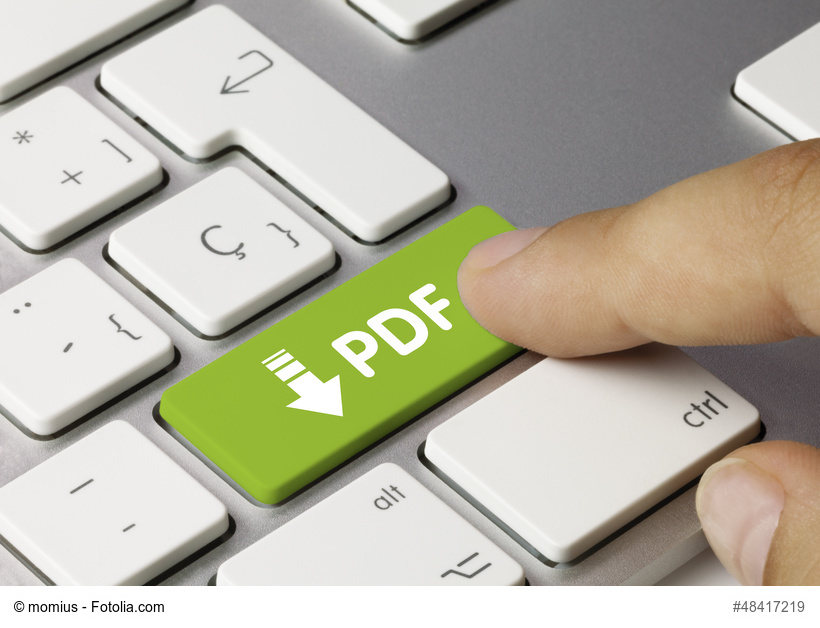Long-term archiving with PDF/A – Part 2 – More about PDF/A-3
Advantages of PDF as the central standard format in the company
It makes sense to use a uniform file format within a company. This accelerates all processes related to data processing and e-mailing of digital documents including attachments.
Establish the standard format PDF with n2pdf
With n2pdf you have a solution for HCL Notes Domino, which allows you to convert individual RichText fields as well as entire Notes documents or databases into the cross-platform PDF format. n2pdf also allows the processing of file attachments.
Why PDF and PDF/A? Advantages at a glance:
- If you need a uniform data format to create documents that can be displayed on all computers and are ideally suited for exchanging data, then PDF is the only choice.
- Another advantage is that it is freely accessible. In addition, the PDF/A standard offers worldwide uniformity through ISO standardization. PDF as a format can be created, displayed or printed from all common platforms and has the best prerequisites for using encryption and digital signing.
- Another strong advantage is that PDF files are searchable by content and also retain their original appearance, regardless of which application is used.
Long-term archiving with PDF/A-3
With the different sub-formats of PDF, you have the possibility to choose the appropriate format for the respective area of application when using the PDF format. In the case of long-term archiving of documents and for archiving projects, the PDF/A format is usually always used. A distinction is made between the standard parts PDF/A-1, PDF/A-2 and PDF/A-3. The latter is called a format for hybrid archiving.
PDF/A-3 is an archive container that works well with various sources. Another important advantage of PDF/A-3 is the simplified searchability of text and the ability to copy Unicode text for digitally created PDF documents and those scanned with optical character recognition (OCR). Since many of our customers often also process scans and want to implement secure e-mail archiving including all attachments, the recommendation of the PDF/A-3 format is ideal for this purpose. With this variant it is also possible to embed non-PDF/A-compliant data (CSV, XML or Office files) as an attachment.
PDF/A-3 is perfect if you need to optimize document-based processes. Hybrid archiving means in this case that there is an archive part on the one hand and a non-archive part on the other. The archive part is intended for long-term archiving and must of course comply with the PDF/A specifications. In addition, an embedded file in the non-archive part can be used to store additional information that may only be relevant for a certain period of time.
More about PDF format in general –
Depending on the intended use, you can choose between various PDF formats:
| PDF formats | Main purpose of use |
| PDF/A | Archiving |
| PDF/X | Printing industry, transfer of artwork |
| PDF/H | Healthcare: Exchange, preservation and protection of health-related information |
| PDF/E | Technical documents/ engineering, architecture and geoinformation. Display of 3D objects and helps to exchange plans, drawings and much more. |
| PDF/UA | Accessibility |
| PDF/VT | Personalised printing (concerns business documents such as delivery notes, invoices and reminders) – Variable Data Printing (VDP) |
More information about PDF/A and the three levels of compliance can be found here:
https://www.n2pdf.de/blog/en/pdf-a-long-term-archiving-with-n2pdf/

